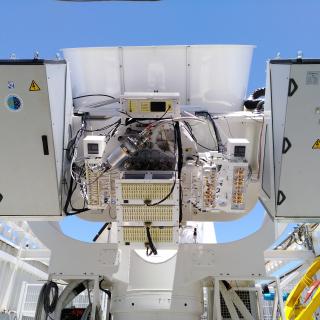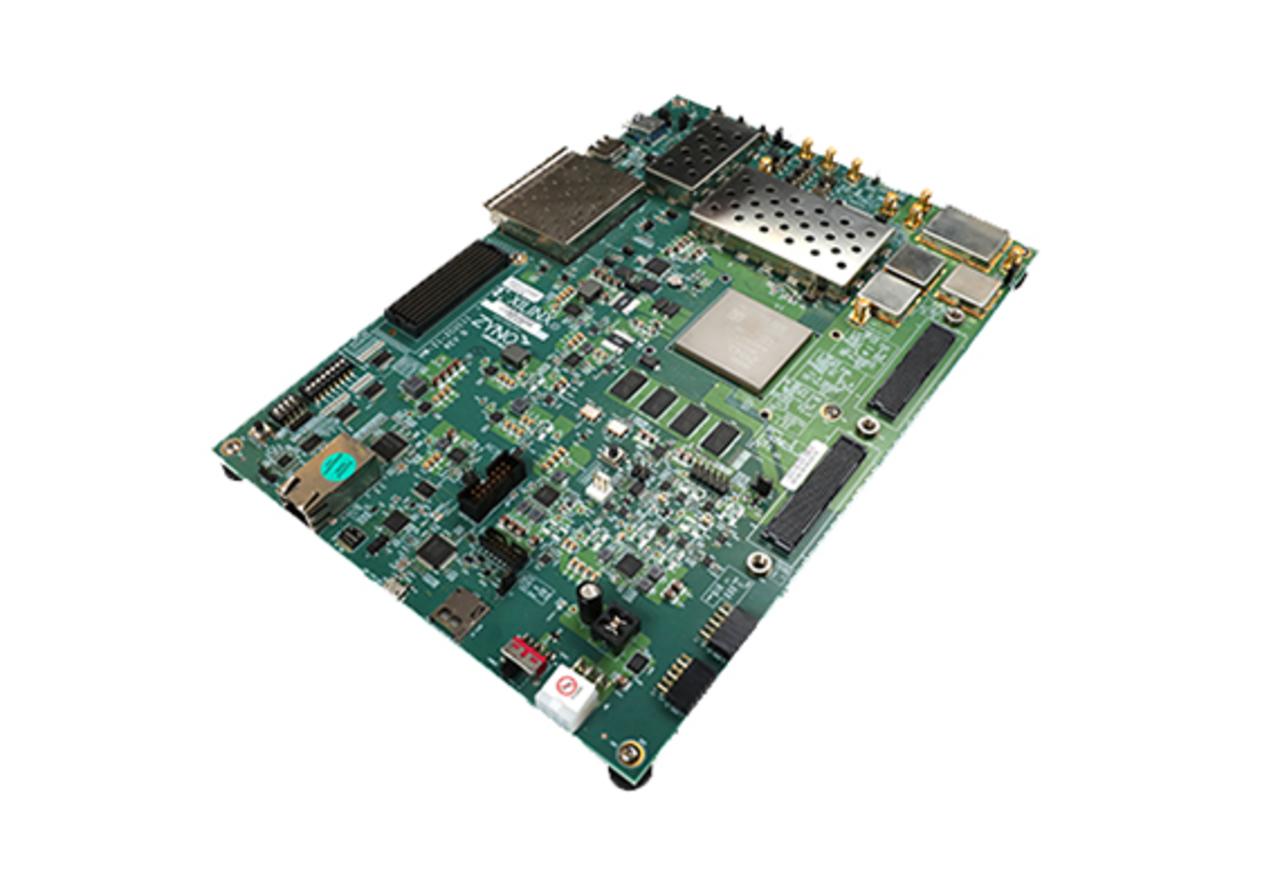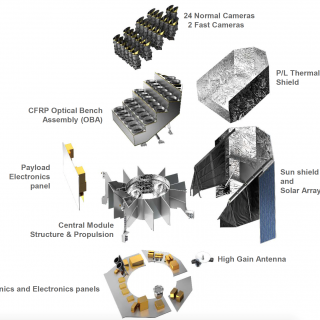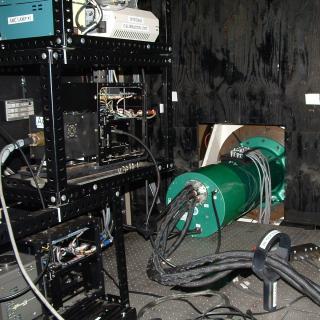General
The main objective of this proposal is to provide the instrumentation area of the IAC with the necessary experience to develop and program data acquisition systems, in the microwave range, based on FPGAs.
As a reference, the case of the QUIJOTE project is used. With its first instrument (MFI), QUIJOTE is the only experiment in the field that covers the 10-20 GHz range, providing very valuable information about the polarization of the Galactic synchrotron emission, and the AME (anomalous microwave emission). These frequencies perfectly complement the PLANCK satellite frequencies, so that a combined analysis of both experiments can impose even more restrictive constraints on the B-modes.
Such is the importance of the 10-20GHz range as a legacy for future experiments, that the QUIJOTE experiment is being finalized (using Infrastructure funds; funds from the previous Severo Ochoa program; and funds from the INSIDE-OOCC program) to upgrade the QUIJOTE experiment in this range, building two new instruments.
Members







